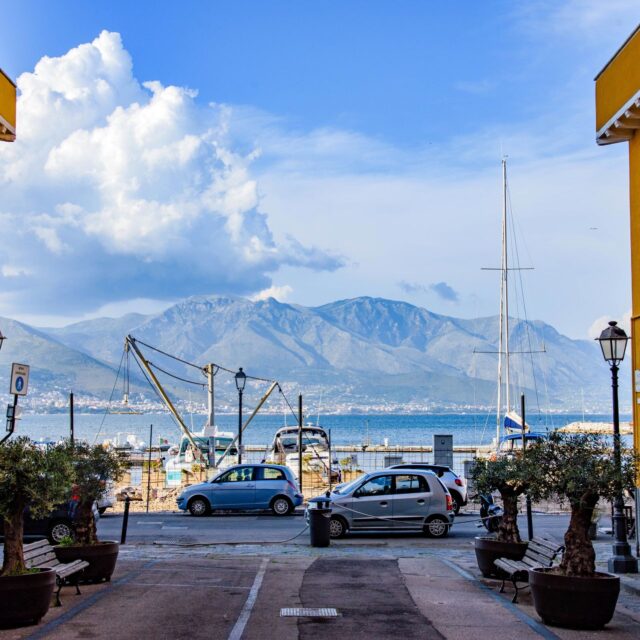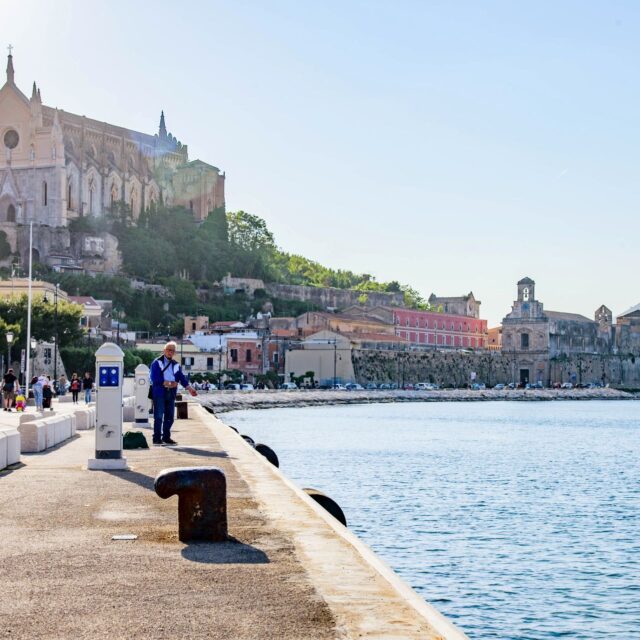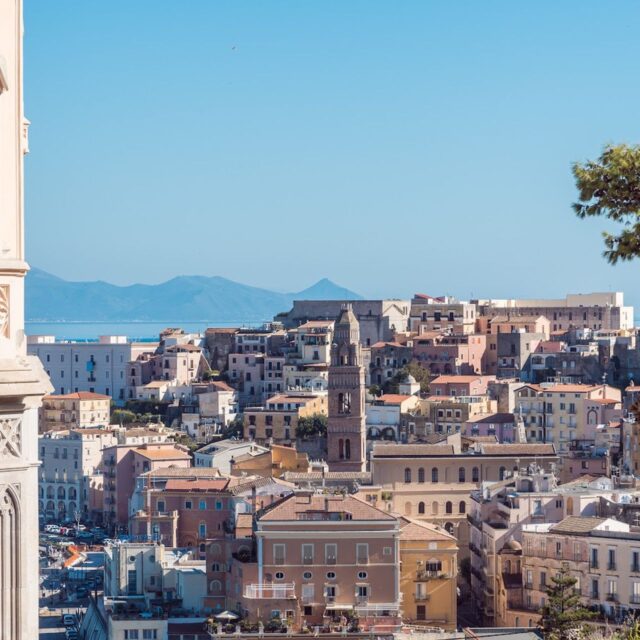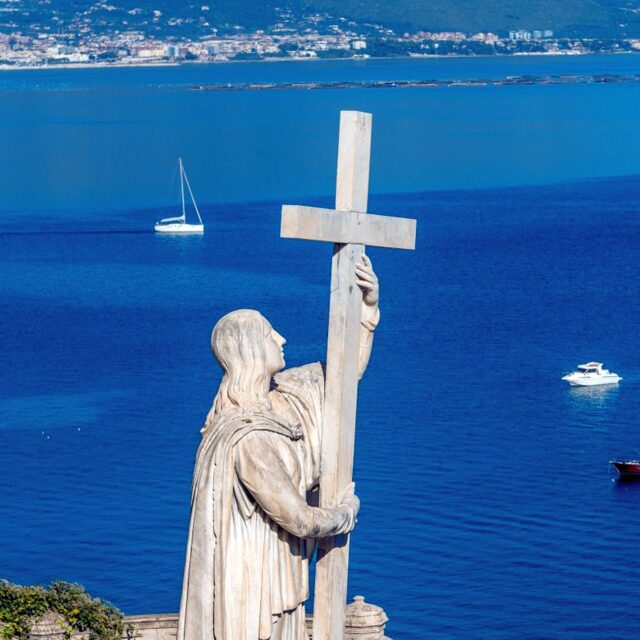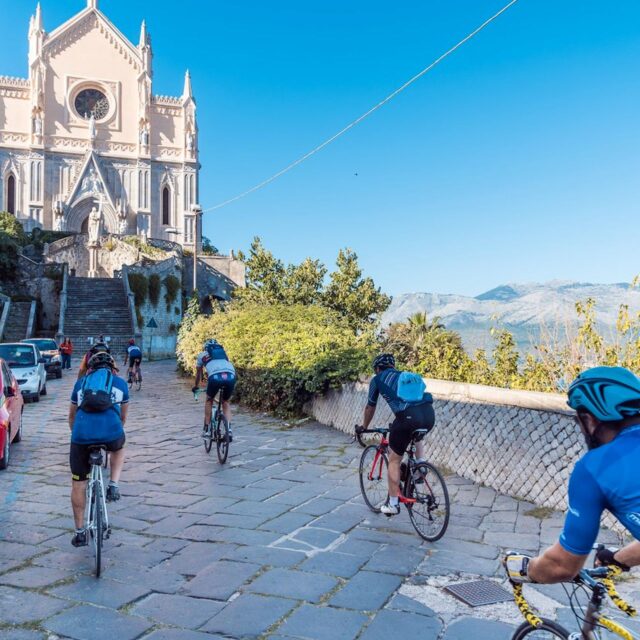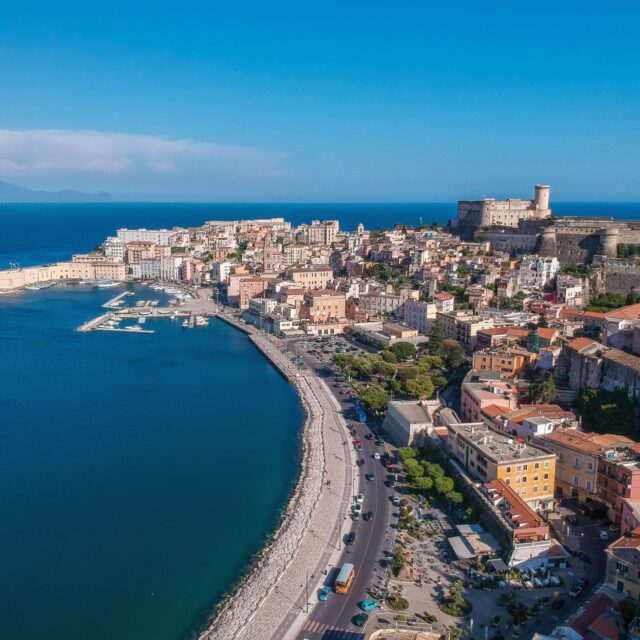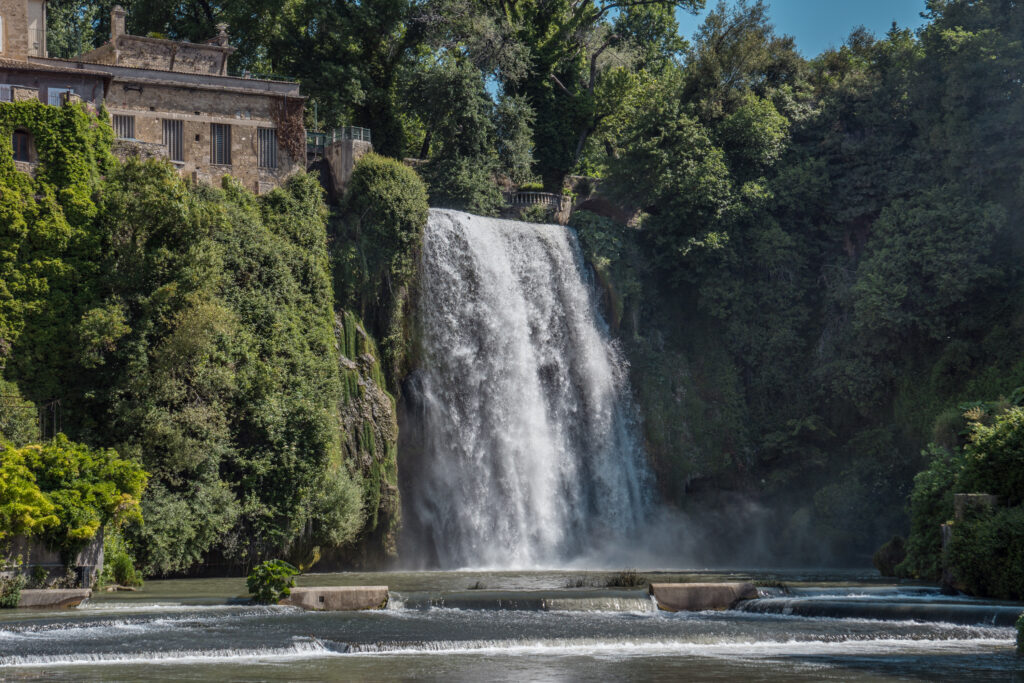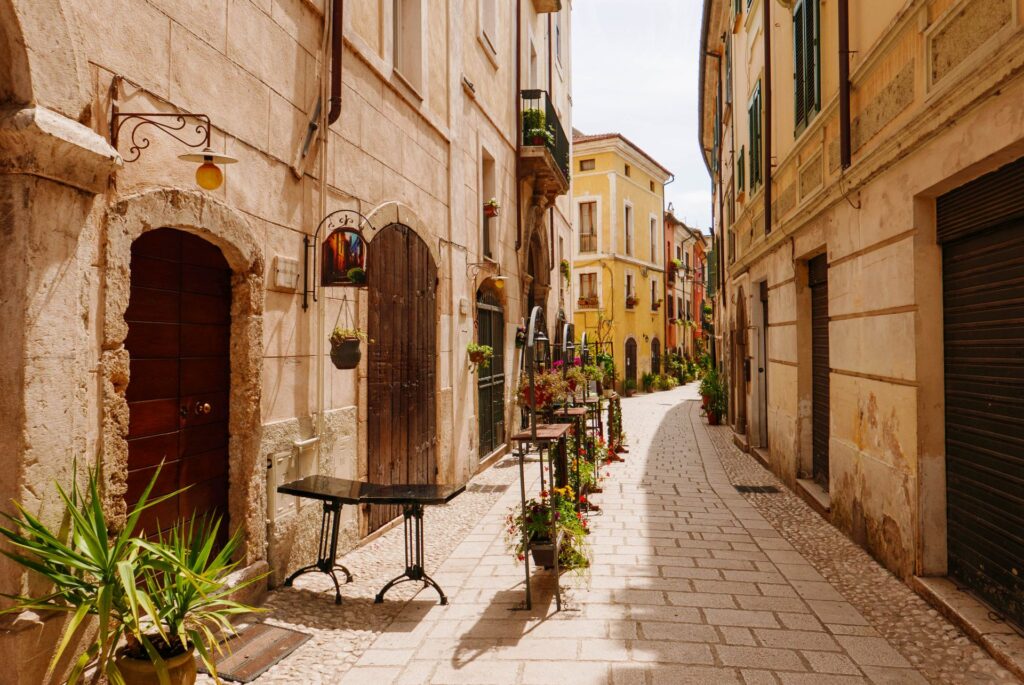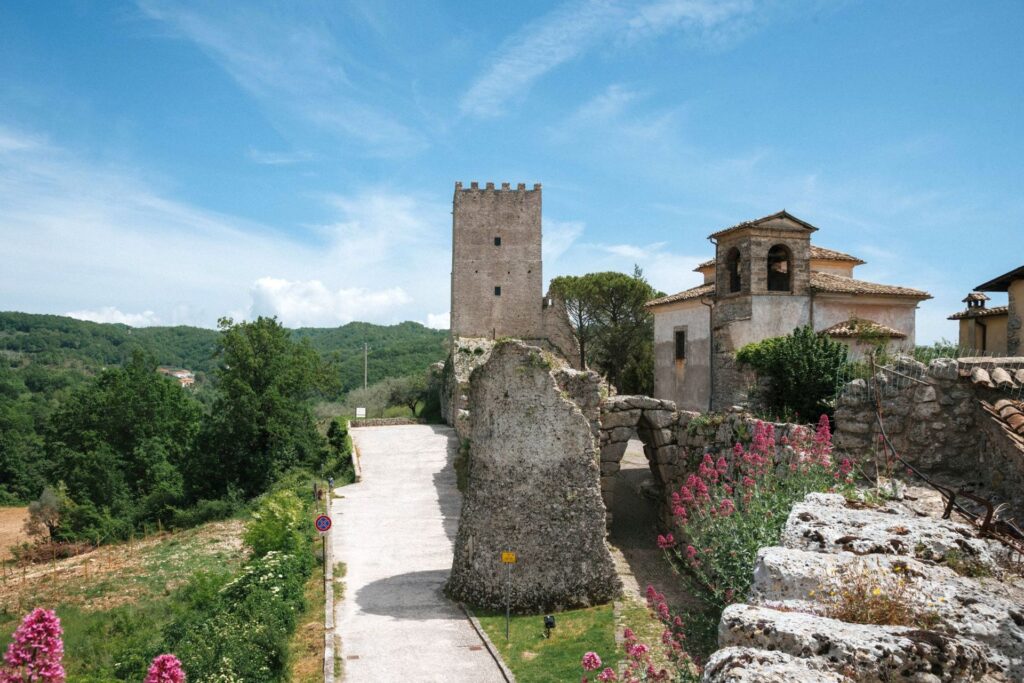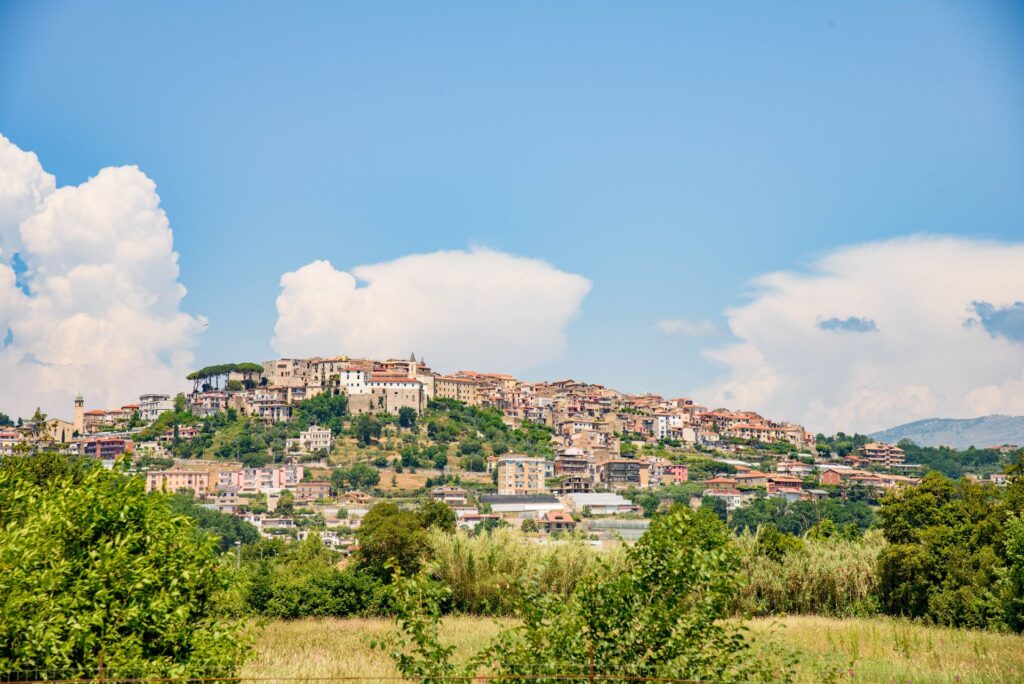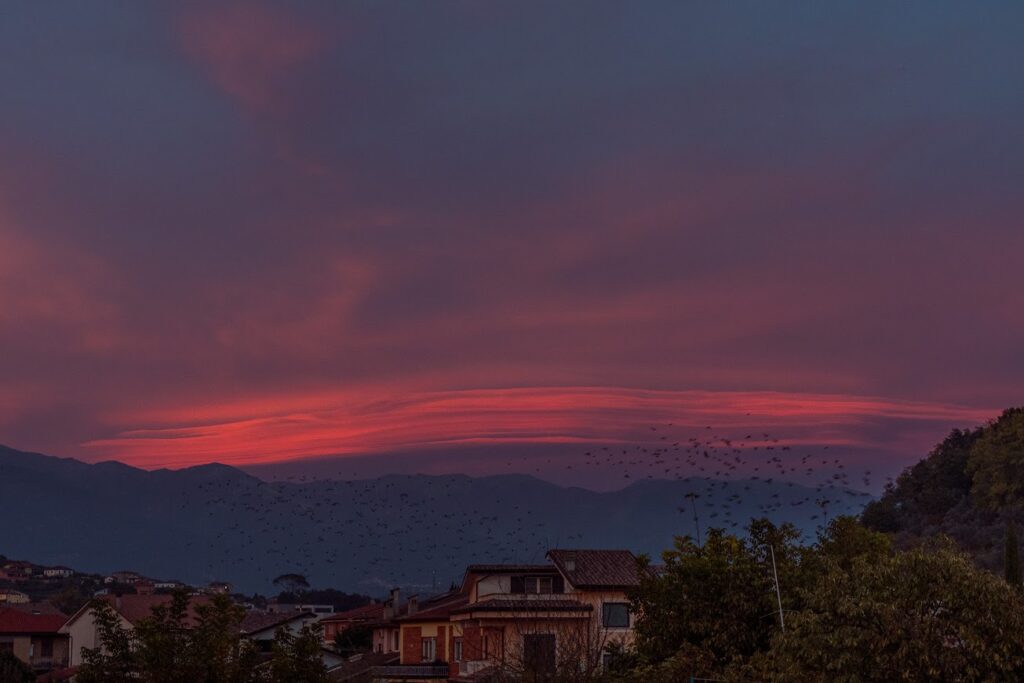Villages
Gaeta
Gaeta – Old Town
The old town of Gaeta lies on the promontory of Monte Orlando and overlooks the gulf of the same name, whose name originates either from the Greek word ‘kaiadàs’ (inlet) or from Aeneas’s nurse, Caieta, buried here by the Trojan hero during his journey to the Latium coast. In Roman times it was a holiday resort for wealthy Roman patricians. From the 6th century A.D. it became a castrum, fortified by imposing walls. From the 9th to the 12th century it was an autonomous duchy, minting its own currency: the follaro. It fell under the rule of the Normans, then passed to the Angevins and the Aragonese. Under Spanish rule, which began in 1504, the city of Gaeta was provided with new fortifications by Charles V of Habsburg. In 1734 it was conquered by the Bourbons, becoming part of the Kingdom of the Two Sicilies until 13 February 1861, when Francis II of Bourbon surrendered, after 102 days of resistance, to the siege of the Savoy army led by General Enrico Cialdini. In 1927 it was annexed to the Province of Rome and in 1934 to the newly created Province of Littoria, today Latina.
A visit to the mediaeval centre (Sant’Erasmo Quarter) can start from the Caboto Promenade, where the Montesecco isthmus ends. Here we find the 18th-century Porta di Carlo III, known as Porta dell’Avanzata, which lost its function after the access road to the city was rectified and the moat filled in in 1933. Moving on we reach the Door of Charles V or the Citadel, for centuries the only access to the medieval town for those arriving by land and where we find the chapel of Santa Maria de la Soledad from 1661.
On the seafront, close to the city walls, is the 14th-century Church of the SS. Annunziata, with the adjoining convent and the small but precious Grotta d’Oro, where Pope Pius IX conceived the dogma of the Immaculate Conception during his exile in 1848. Higher up stands the imposing Church of San Francesco, made in neo-Gothic style by Ferdinand II of Bourbon in memory of Pope Pius IX. Along Via Angioina you reach the Castle, which was partially used as a military prison. The large monumental complex is divided into an upper part (‘Castello Aragonese’) and a lower part (‘Castello Angioino’), with cylindrical towers in three of its corners.
Among the narrow streets of the old town centre is the small Church of Santa Maria in Pensulis (St Lucia) with its arabesque bell tower, built near the Palace of Ladislaus. Near Punta Stendardo stands the Cathedral of St. Erasmus, built around the 10th century on the small Church of St. Mary of the Park (7th century). Although it has been modified several times over the centuries, it features a beautiful 57-metre-high bell tower, made in the 12th-13th centuries by reusing architectural elements from the Roman era. The 16th-century Palazzo del Cardinale De Vio, on the other hand, houses the Diocesan Museum, where the precious Lepanto Standard is on display: a relic of the historic naval battle fought between Christians and Turks in 1571.

